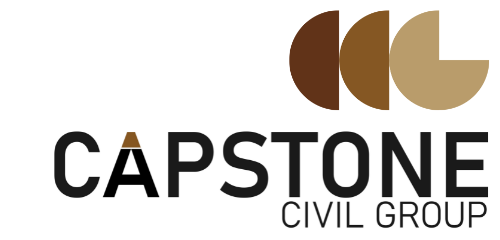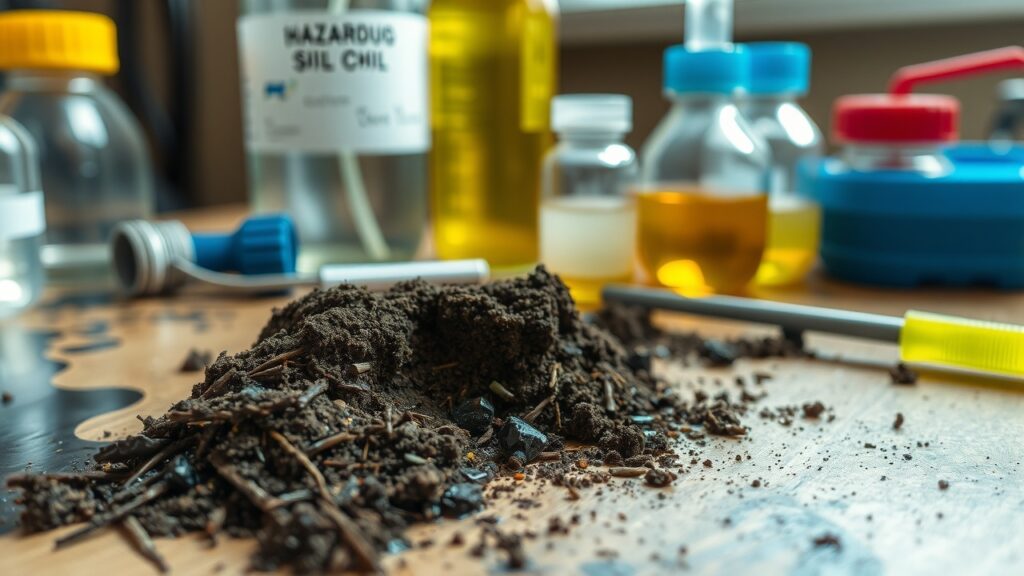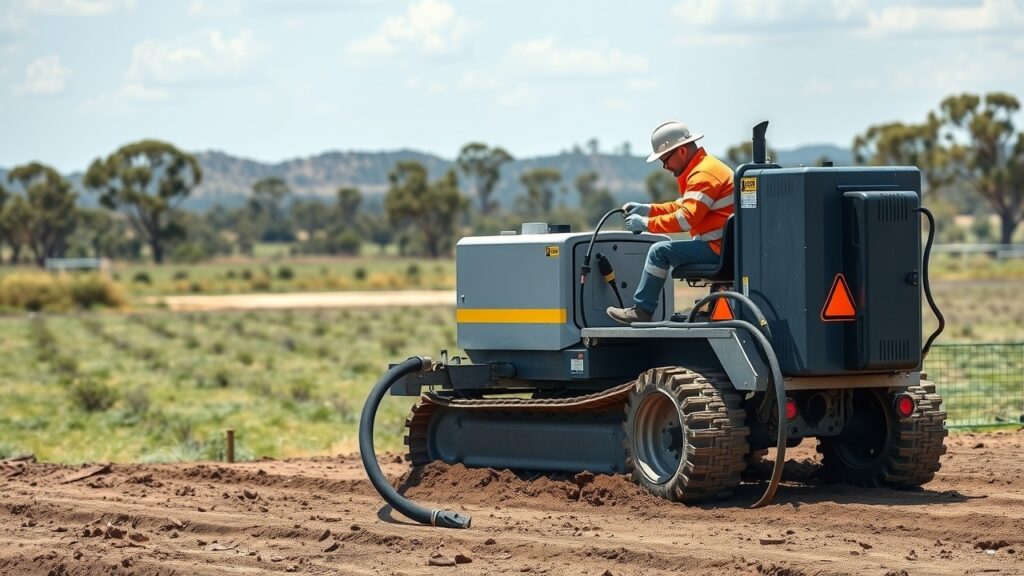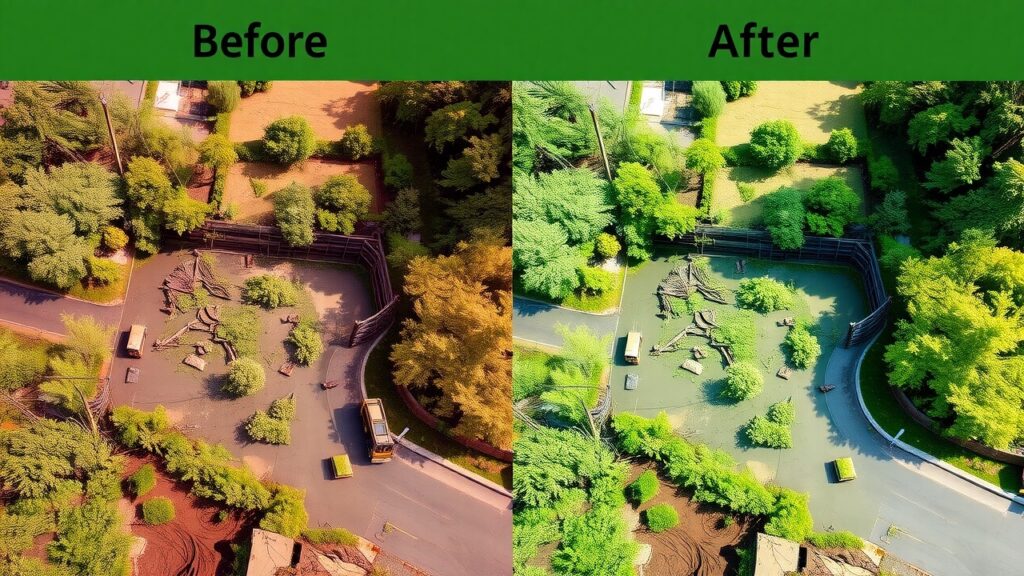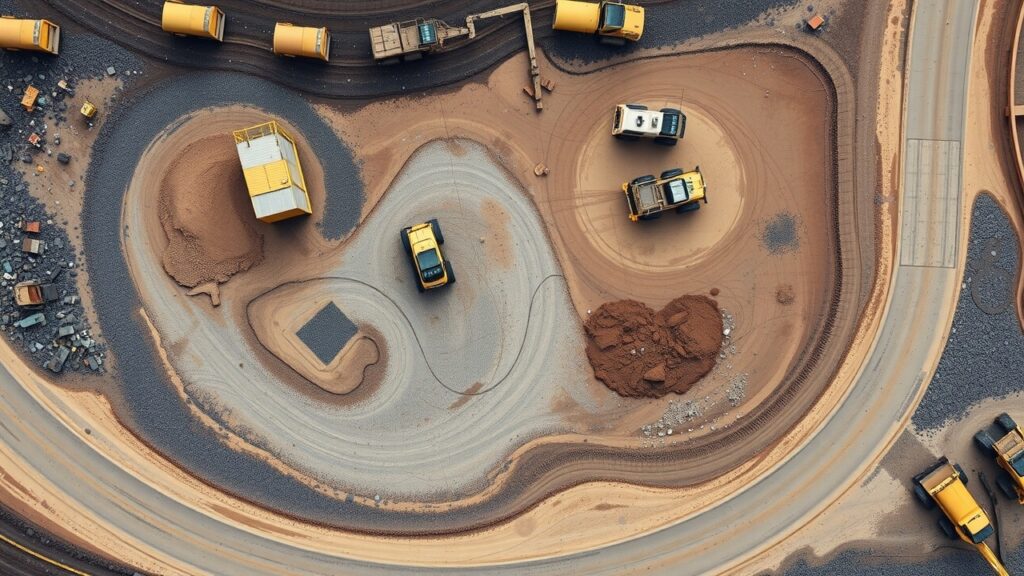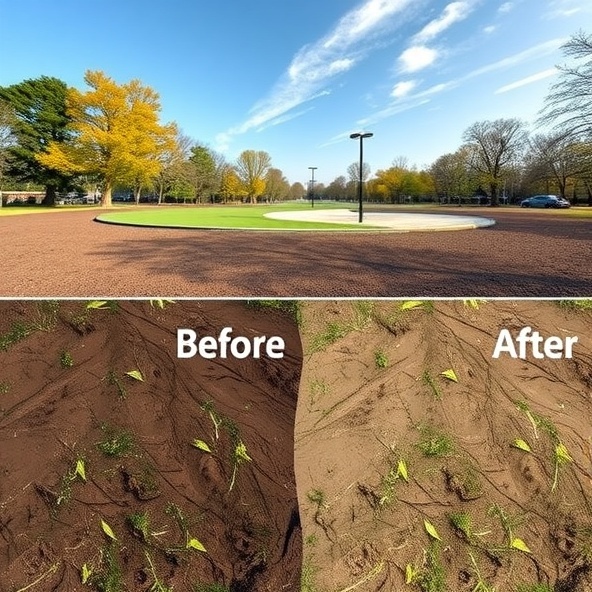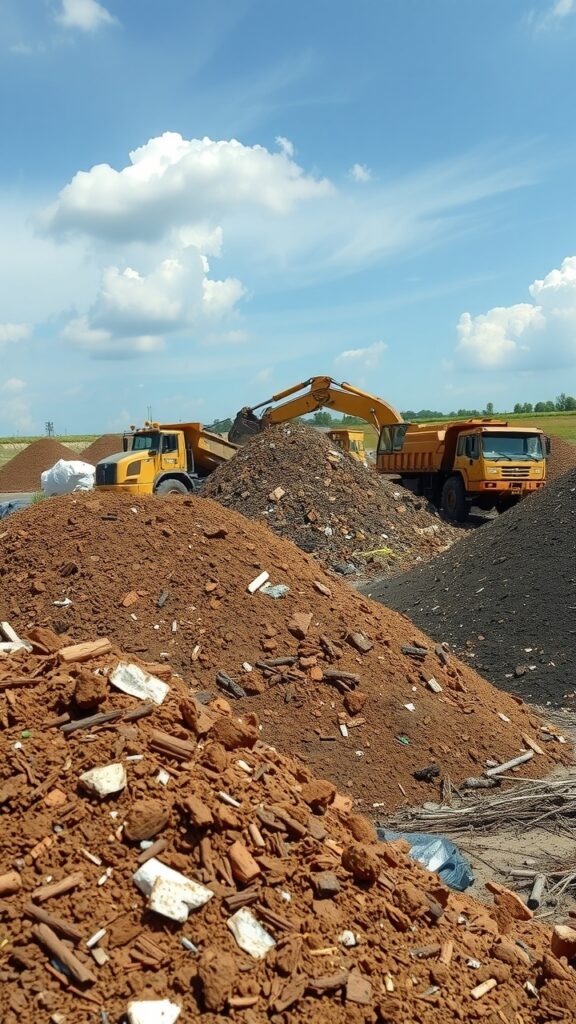Contaminated Soil Removal & Disposal Services – Capstone Civil Group
Capstone Civil Group offers top-tier contaminated soil removal and disposal services across Australia. Our experienced team handles hazardous materials with care, ensuring safe and responsible disposal practices.
Expert Services for Contaminated Soil Removal & Disposal
Excavation and Removal Techniques
Excavation helps to get rid of contaminated soil. There are different methods we can use, depending on how bad the pollution is and what the site looks like.
- Open Cut Excavation: This method digs out big chunks of contaminated soil using heavy machines like excavators or backhoes. But, it needs careful planning to keep dust and runoff under control so we don’t harm the environment.
- Trenching: We use this method when contaminants are deeper or in a line. Trenching lets us focus on removing the bad soil without disturbing too much around it.
- Auger Drilling: If the contamination is deep down or hard to reach, auger drilling comes into play.
Safety is super important during these tasks. Here are some key points to remember:
Follow Strict Rules to Keep Workers Safe: We adhere to established safety protocols and guidelines to ensure all workers are protected during hazardous tasks.
Wear Personal Protective Equipment: Using PPE like gloves, masks, and suits is essential to prevent direct contact with hazardous materials and keep everyone safe.
Use Dust Control Measures: To maintain clean air quality during digging or handling hazardous materials.
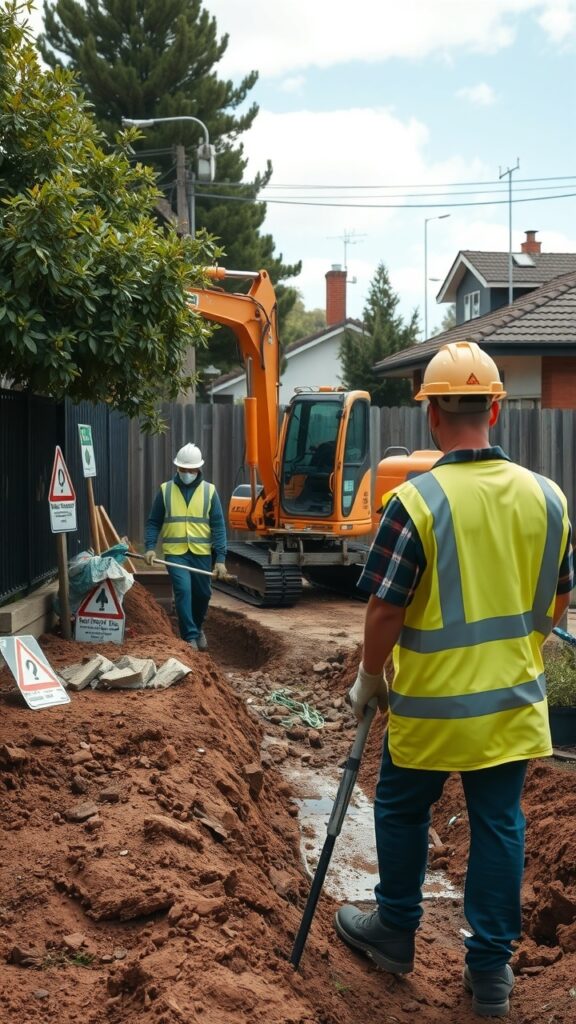
Landfill Disposal and Reuse
After cleaning up, any leftover excavated material needs careful handling for disposal or potential reuse.
- Landfill Requirements: Any materials we throw away must follow local laws about hazardous waste management. It’s really important to make sure they won’t cause problems in landfills meant for toxic waste.
- Beneficial Reuse Considerations: If we treat the soil well enough through stabilization or bioremediation, we might be able to reuse some parts in landscaping projects! This helps promote sustainable practices in building across places like Perth’s urban areas.
By choosing the right methods for digging up and treating contaminated soil, we can help protect both people’s health and the environment while following Australia’s strict environmental rules.
Factors Affecting Soil Remediation Costs
When dealing with contaminated soil, knowing what affects remediation costs is super important. Several things can change how much it will cost to clean up the site. Here’s a closer look.
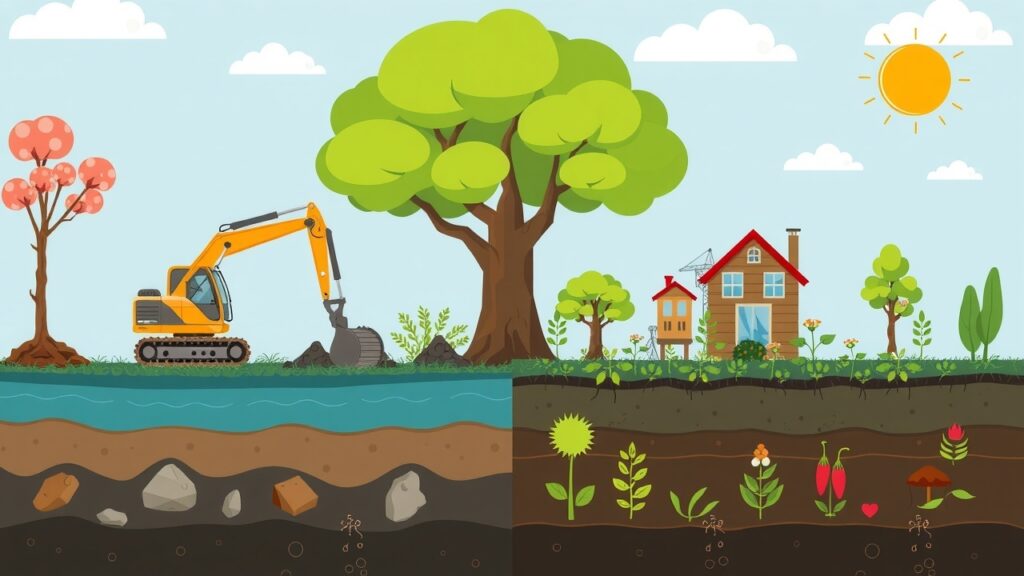
Contamination Levels
How bad the contamination is matters a lot. If there are high amounts of toxic stuff or heavy metals, it means more expensive and complicated treatment methods.
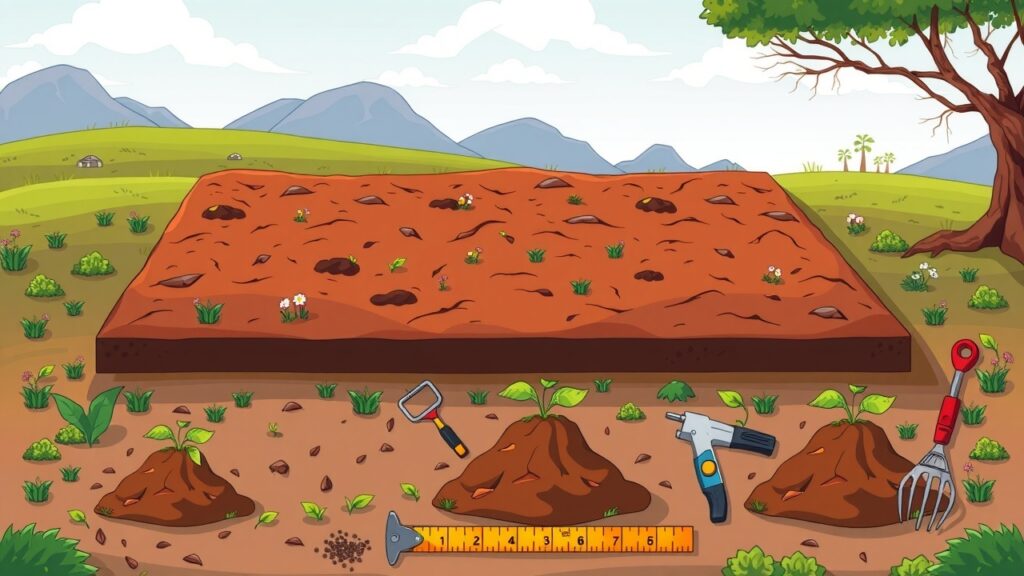
Soil Volume
The amount of contaminated soil that needs to be removed is a big cost factor. If there’s a lot of dirt to dig up, it will cost more for excavation and disposal.
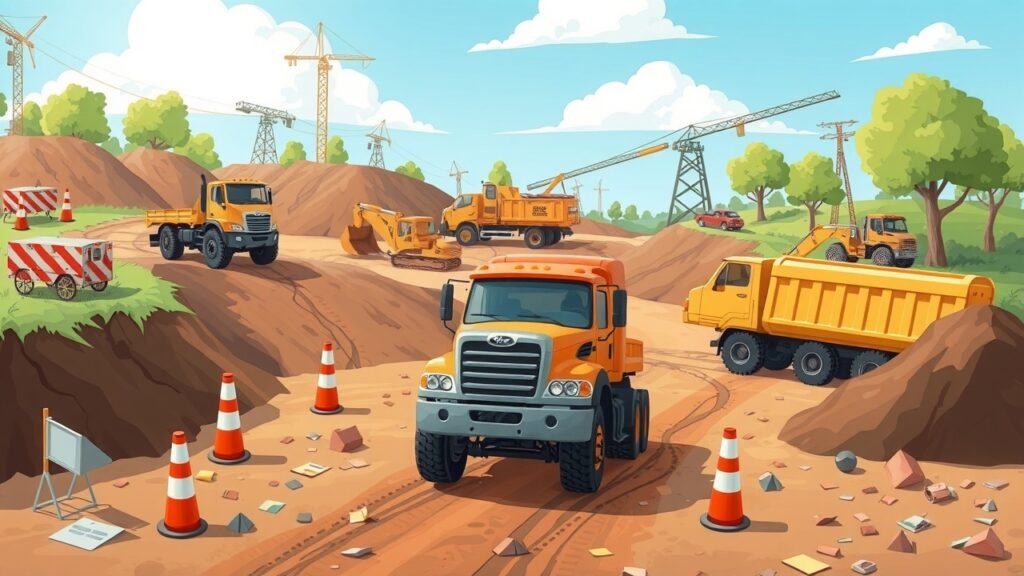
Type of Contaminants
The kind of stuff in the soil also makes a difference. For example, bioremediation works well for oil spills but may not help with heavy metals.
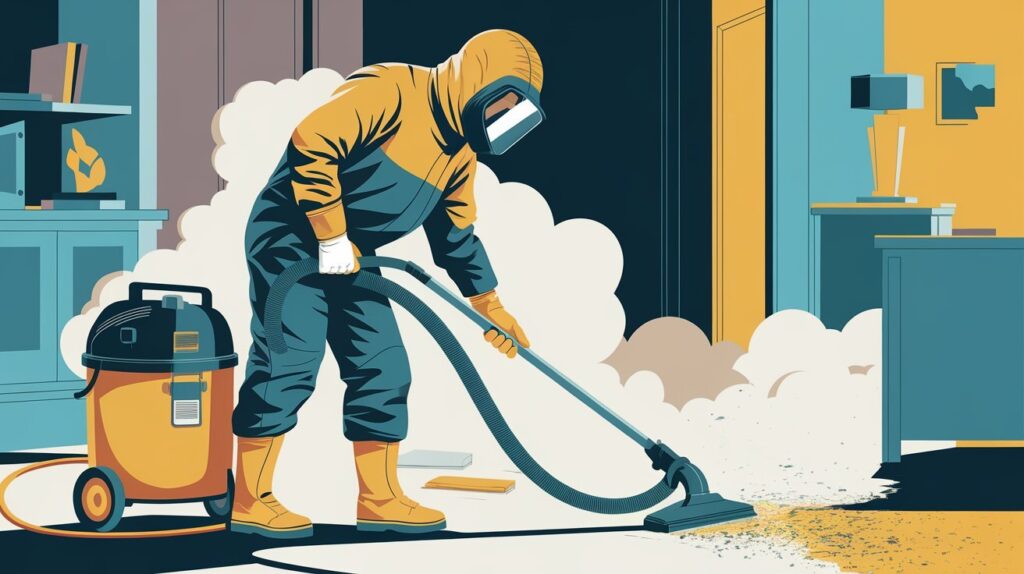
Site Accessibility
If the site is hard to get to, costs can go up. Difficult locations or tricky terrain can add expenses for equipment and transport.
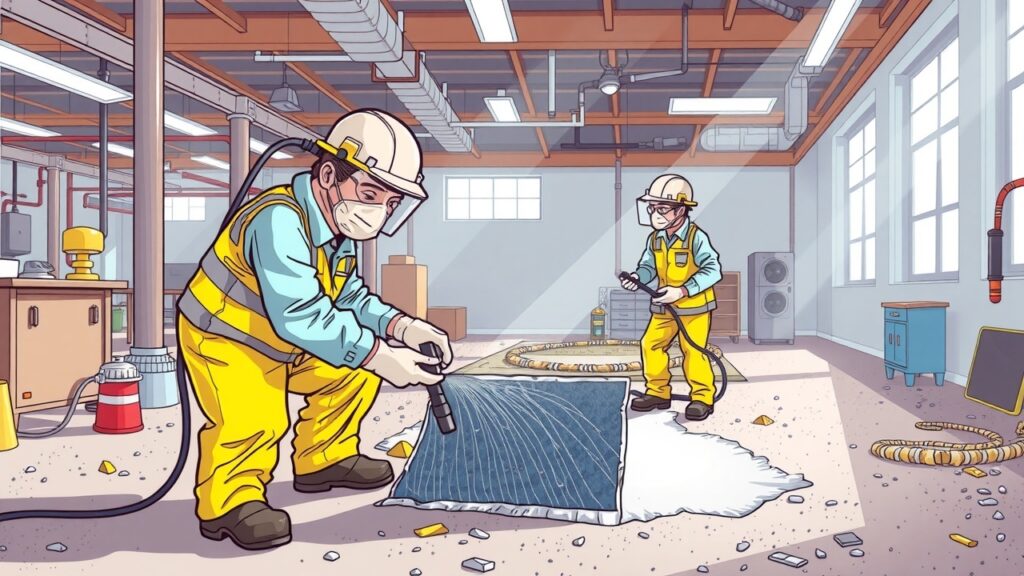
Regulatory Compliance
Following local laws about environmental cleanup can make things slower and pricier. Getting the right permits and doing assessments.
Defining Contaminated Soil
Contaminated soil is land that has been polluted by harmful substances. These pollutants can come from places like factories, farms, and bad waste disposal. Common things found in contaminated soil are heavy metals such as lead and arsenic, oil spills, pesticides from farming, and toxic materials from construction.
The physical and chemical properties of contaminated soil can change. For example, certain chemicals can mess with the pH level. They can also make it hard for plants to grow. Knowing these changes helps in planning how to fix the contamination.
Environmental and Health Effects of Contaminated Soil
Contaminated soil isn’t just a local problem; it can affect human health and nature too. People exposed to this kind of soil can face serious health issues like breathing problems from inhaling dust with toxins or skin rashes from touching hazardous materials.
When it rains, water can seep into contaminated soils. This water can carry harmful pollutants into groundwater. This threatens our drinking water and harms aquatic life. Local plants might struggle to survive, leading to animals that depend on them for food facing difficulties too.
Regulatory Framework for Contaminated Soil Management
Managing contaminated soil means following many rules to protect health and nature. In Australia, especially in places like Perth, there are clear guidelines on how to check for contamination and safe ways to handle it.
Regulatory bodies make sure that there are strict site assessments before any digging or cleaning starts. This ensures all risks linked with removing pollutants are looked at carefully so the right steps can be taken during cleanup efforts.
Financing and Payment Options for Contaminated Soil Removal
Finding the right way to finance contaminated soil removal is crucial to ensure the project runs smoothly. Here are several options to consider for easing the financial burden:
1. Government Grants & Subsidies: Many governments offer grants and subsidies to support environmental cleanup efforts, including contaminated soil removal. These programs are designed to make the process more affordable for individuals, businesses, and communities tackling pollution.
2. Payment Plans: Most contaminated soil cleanup service providers understand that these projects can be financially challenging. To ease the burden, many companies offer flexible payment plans that allow clients to spread out the cost over time. This approach helps manage the initial financial strain and makes it easier to fit the project into a budget without delaying important environmental work.
3. Insurance Coverage: In some cases, certain insurance policies may cover parts of hazardous waste removal or pollution cleanup. Depending on the policy, insurance can help with the costs associated with the project. It is important to review existing insurance plans to see what environmental coverage is included and if any additional coverage is needed before the cleanup begins.
By exploring these financing and payment options, clients can manage the costs of contaminated soil removal without undue stress, ensuring they meet regulatory requirements while protecting the environment. sure they follow the necessary rules during the cleanup process.
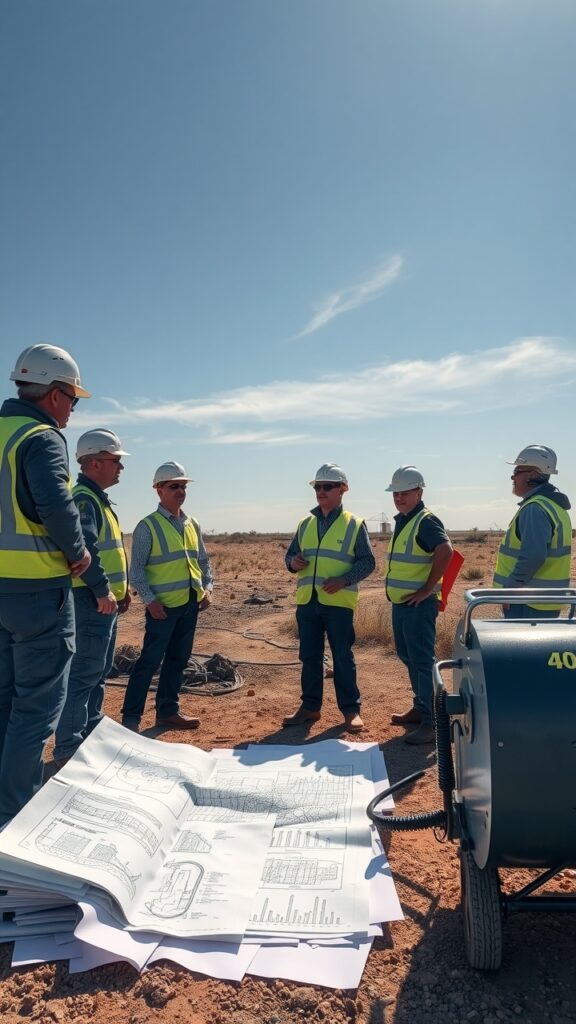
Soil Treatment and Stabilization
- Bioremediation: This green method uses tiny organisms to break down harmful substances into safer ones over time. It’s great for organic pollutants like oil spills from factories.
- Chemical Fixation: Here, we add chemicals that bind heavy metals and other nasty substances in the soil. This makes them less harmful and stops them from moving around too much.
- Thermal Desorption: This one uses heat to get rid of volatile compounds from contaminated soil. It works well for many pollutants, including some heavy metals and solvents.
- Stabilization/Solidification Techniques: In this method, we mix in special additives that trap pollutants in the soil so they can’t leak into groundwater. This helps protect local water sources.
Each treatment option has its own advantages based on what’s needed at the site, cost, and legal rules.
Experience and Expertise in Contaminated Soil Remediation
Capstone Civil Group knows a lot about cleaning up contaminated soil. We’ve done many projects that deal with different types of pollution, like heavy metals and hydrocarbons. Our team is good at spotting these problems through careful contamination assessment. This helps us come up with plans to fix the soil that meet all environmental regulations.
We have the right certifications from trusted organisations, showing that we follow safety rules and industry standards. Because we have finished many successful projects, people trust us to handle hazardous waste and restore the environment.
Comprehensive Services and Solutions
At Capstone Civil Group, we offer many services for managing contaminated soil. We start with site assessments to check how much contamination there is before doing any digging.
Our team uses smart methods like bioremediation or chemical fixation to treat pollution on-site when we can. We also have skilled workers who use special tools safely to remove pollutants during excavation.
After we dig out contaminated materials, we provide landfill disposal options that follow local waste management rules. When possible, we look for ways to reuse treated soil, which helps our community stay green.
Commitment to Safety and Environmental Compliance
Safety comes first at Capstone Civil Group. We follow all environmental regulations for each project step. Our safety protocols include doing detailed risk assessments before starting work on sites with toxic substances or industrial waste.
To keep our operations safe during pollution remediation, our workers take regular training on best practices for handling hazardous materials and emergency responses.
We not only focus on worker safety but also plan our projects carefully to reduce harm to nearby ecosystems. Our aim is to clean up contaminated soils while keeping nature in balance.
Contact Us for a Consultation!
Are you worried about contaminated land? We’re here to help! Our team can assist with everything from site evaluations to planning excavation services. We know how to protect groundwater, clean up pollution, and assess risks properly.
FAQs about Contaminated Soil Removal & Disposal
When it comes to contaminated soil removal and disposal services, many questions come up. Here are some frequently asked questions to help clarify common concerns.
Why Choose Capstone Civil Group for Contaminated Soil Removal?
When you need help with contaminated soil removal, Capstone Civil Group is a great choice. We have lots of experience and always aim for high-quality work. Our team uses the newest technology and methods for effective soil remediation. We make safety our top priority by following all environmental rules while taking care of hazardous materials.
Our process starts with site assessments to find out how bad the contamination is. We check for things like heavy metals and hydrocarbons in the soil. This careful examination makes sure every project meets regulations and helps fix the environment.
We use smart techniques, like bioremediation and chemical fixation, to clean up the mess. These methods safely get rid of harmful materials without hurting nature too much. We also try to cut down on waste by using materials again when we can.
Capstone Civil Group wants to help create a safer future. We focus on teamwork and clear communication, so you get support that fits your needs.
Key Factors in Contaminated Soil Management
- Contamination Assessment: Essential to identify pollutants and plan remediation effectively.
- Risk Assessment: Evaluates potential health risks to ensure safe cleanup strategies.
- Pollution Cleanup: Focuses on removing harmful substances from the environment.
- Hazardous Waste Disposal: Involves proper handling of toxic materials according to local laws.
- Ecological Restoration: Aims to restore ecosystems affected by contamination.
- Sustainable Disposal Practices: Prioritizes environmentally friendly methods in waste management.
- Environmental Impact Assessment: Assesses how activities may affect surrounding ecosystems.
